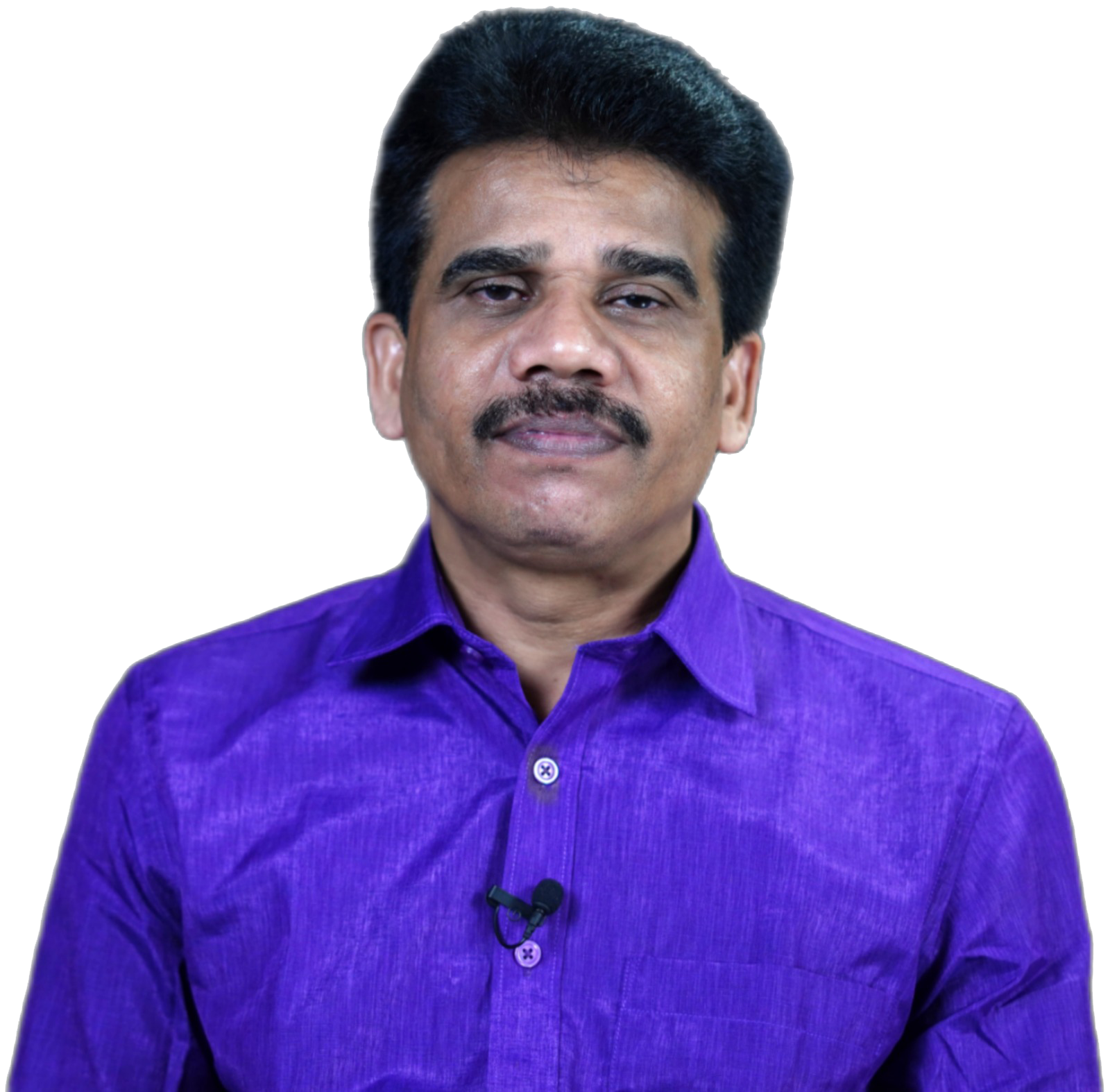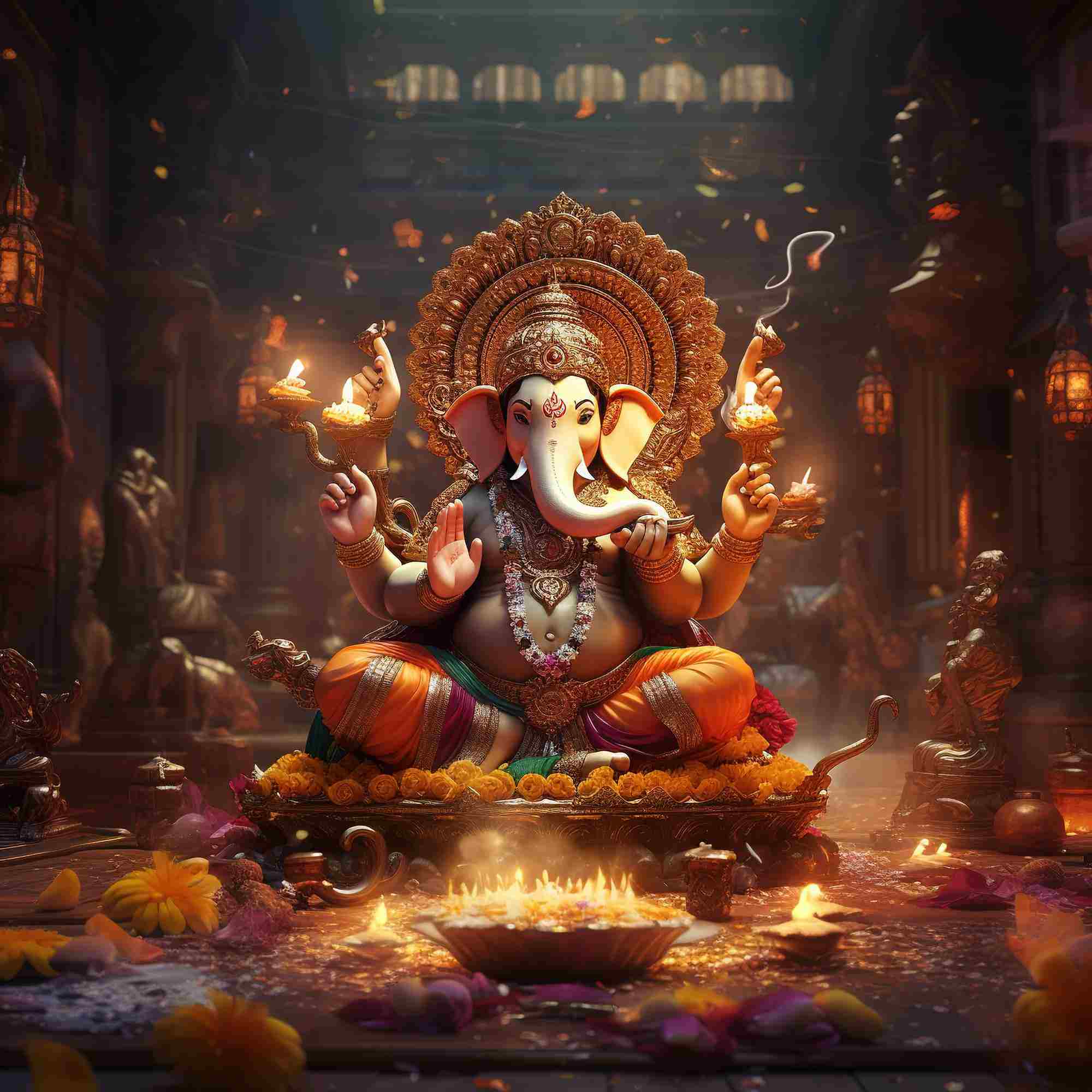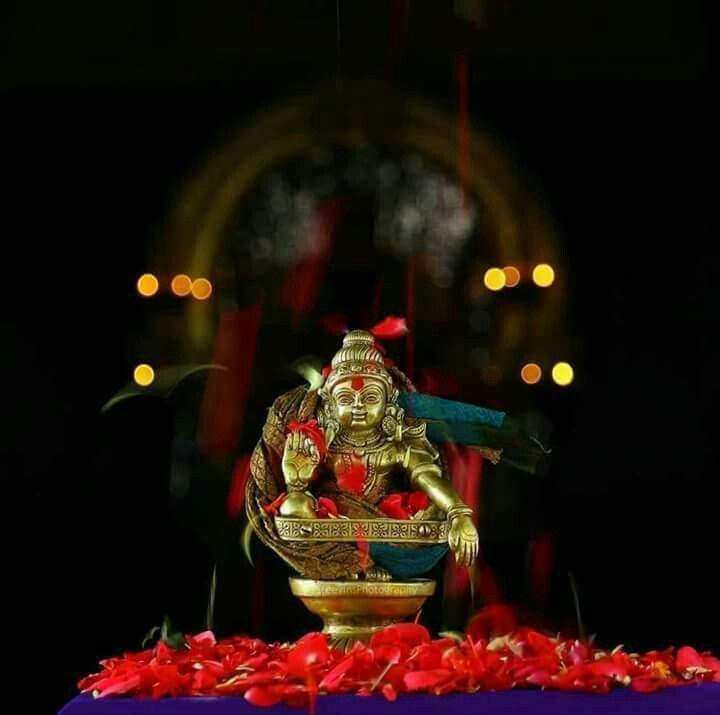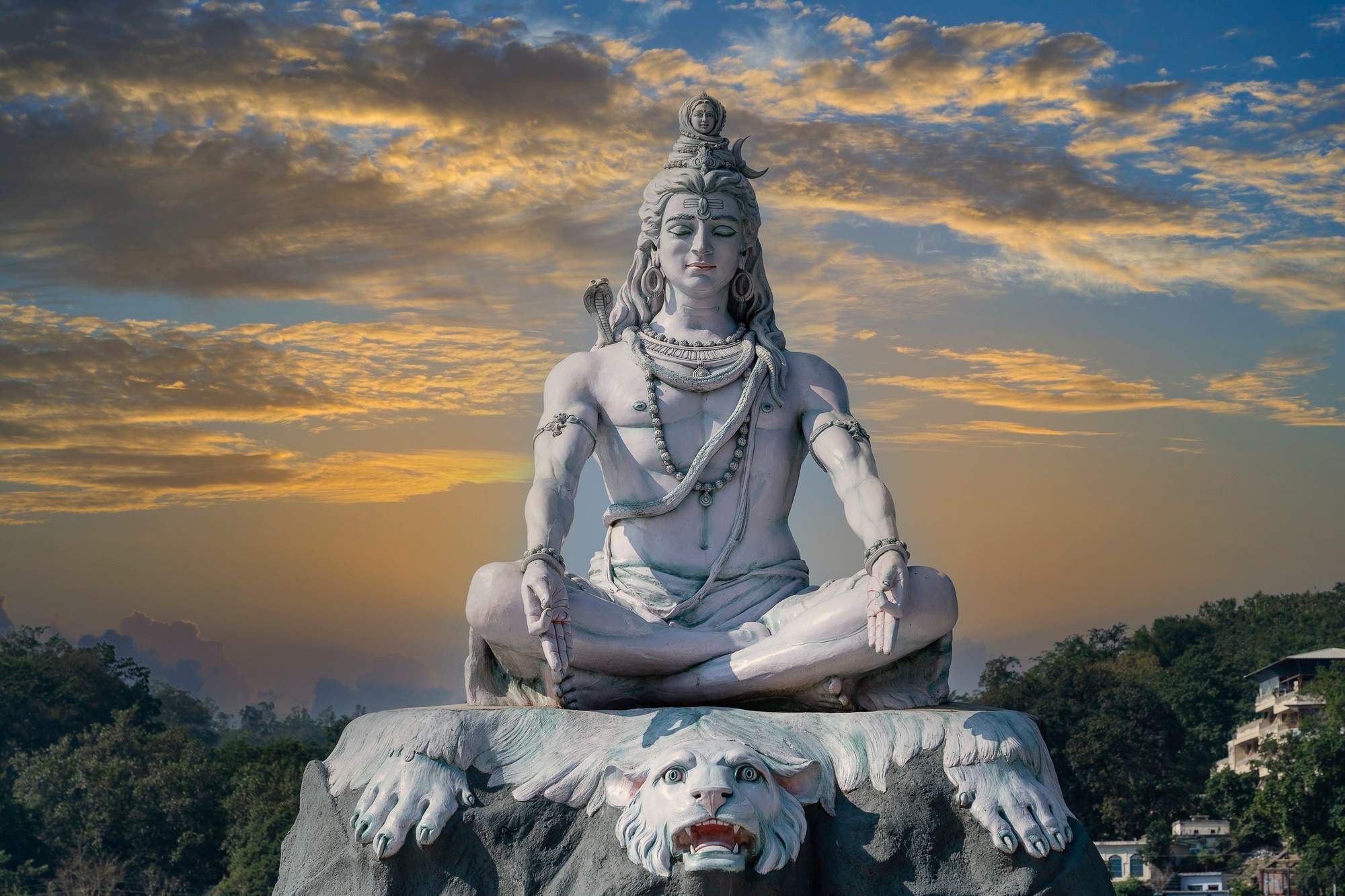Peramangalam Sree Nagaraja Kshetram is a renowned temple located in the Muvattupuzha region of Ernakulam district in Kerala, India. It is a sacred place known for its spiritual significance and unique worship traditions. Here's a brief history of the temple based on the information you provided:
Foundation and Deities :
The temple is dedicated to Lord Nagaraja, the main deity. Additionally, there are 20 other deities in the temple, including various forms of Lord Ganesha, Kali, Vishnu, Shiva, Ayyappa, and Hanuman.
Inclusivity :
One notable aspect of Peramangalam Sree Nagaraja Kshetram is its open and inclusive nature. People of all castes and religions are welcome to visit and worship at the temple. This inclusivity has made the temple a place of unity and devotion for people from various backgrounds.
Tantric Tradition :
The temple is known for following a strict Tantric regimen in its worship practices. This draws individuals seeking specific spiritual or ritualistic purposes to the temple.





Dr. K V Subhash Thantri
Chief TantriThe trustee of the Peramangalam Sree Nagaraja Kshetra Trust, who resides in the village of Thuravoor in Kidangoor, Kerala, India, is the astrologer Dr. K V Subhash Thantri.
Deity

Nagaraja
A Nagaraja is a king of the various races of the nāga, the divine or semi-divine, half-human, half-serpent beings that reside in the netherworld (Patala), and can occasionally take human form. Rituals devoted to these supernatural beings have been taking place throughout South Asia for at least two thousand years. They are viewed as semi-divine deities or a semi-divine race of half-human half-serpent beings that live in the netherworld (Patala) and can sometimes assume human form. Rituals dedicated to these supernatural beings have occurred all through Asia for at least two thousand years. They are fundamentally showcased in three forms: completely human with snakes on the heads and necks, regular serpents, or half-human half-snake beings in Jainism, Buddhism and Hinduism. Nagarajas are believed to be snake-like figures that exist in Indian mythology. They are considered to be the rulers of the various races of Nagas. Hindu scriptures talk about three main beings by this title: Shesha, Takshaka and Vasuki. All of them are said to be the offspring of Sage Kashyapa and Kadru.

Ganapathi
Ganesha also spelled Ganesh, and also known as Ganapati, Vinayaka, and Pillaiyar, is one of the best-known and most worshiped deities in the hindu pantheon and is the Supreme God in the Ganapatya sect. His depictions are found throughout India. Hindu denominations worship him regardless of affiliations. Devotion to Ganesha is widely diffused and extends to Jains and Buddhists beyond India. Although Ganesha has many attributes, he is readily identified by his elephant head and four arms. He is widely revered, more specifically, as the remover of obstacles and thought to bring good luck; the patron of arts and sciences; and the deva of intellect and wisdom. As the god of beginnings, he is honored at the start of rites and ceremonies. Ganesha is also invoked as a patron of letters and learning during writing sessions.Several texts related anecdotes associated with his birth and exploits.

Ayyappan
Ayyappan, also called Dharmasastha and Manikandan, is a Hindu deity popular in Southern India. He is considered to be the epitome of dharma, truth, and righteousness and is often called upon to obliterate evil. Although devotion to Ayyappan has been prevalent earlier in South India, his popularity rose only in the late 20th century. Jagadguru Adi Sankaracharya has praised him in many hymns. According to Hindu theology, he is the son of Harihara (Vishnu in the form of Mohini, and Shiva). Ayyappan is also referred to as Ayyappa, Sastavu, Hariharasudhan, Manikandan, Shasta or Dharma Shasta and Sabarinath. The iconography of Ayyappan depicts him as a handsome celibate (Brahmachari) deity doing yoga and as an epitome of Dharma, who wears a bell around his neck. In the Hindu tradition popular in the Western Ghats of India, he was born with the powers of Shiva and Vishnu to confront and defeat the shape-shifting evil Buffalo demoness Mahishi who was considered sister of Mahishasura. He was raised by a childless royal couple Rajashekara pandiyan and Koperundevi, and grew up as a warrior yogi champion of ethical and dharmic living. In South Indian portrayals, Ayyappan images show him riding a tigress, but in some places such as Sri Lanka he is shown riding a black elephant & horse.

Shiva
Shiva, also known as Mahadeva, the Great God, is one of the principal deities of Hinduism. He is the Supreme Being in Shaivism, one of the major traditions within Hinduism. Shiva is known as The Destroyer within the Trimurti, the Hindu trinity, which also includes Brahma and Vishnu. In the Shaivite tradition, Shiva is the Supreme Lord who creates, protects, and transforms the universe. In the goddess-oriented Shakta tradition, the Supreme Goddess (Devi) is regarded as the energy and creative power (Shakti) and the equal complementary partner of Shiva. Shiva is one of the five equivalent deities in Panchayatana puja of the Smarta tradition of Hinduism.
Shiva has many aspects, including being benevolent as well as fearsome. In benevolent aspects, he is depicted as an omniscient Yogi who lives an ascetic life on Mount Kailash as well as a householder with his wife Parvati and his two children, Ganesha and Kartikeya. In his fiercest aspects, he is often depicted slaying demons. Shiva is also known as Adiyogi (the first Yogi), regarded as the patron god of yoga, meditation, and the arts.

Durga
Durga (Sanskrit: “the Inaccessible") is, in Hinduism, a principal form of the goddess, also known as Devi and Shakti. According to legend, Durga was created for the slaying of the buffalo demon Mahishasura by Brahma, Vishnu, Shiva, and the lesser gods, who were otherwise powerless to overcome him. Embodying their collective energy (shakti), she is both a derivative of the male divinities and the true source of their inner power. She is also greater than any of them. Born fully grown and beautiful, Durga presents a fierce, menacing form to her enemies. She is usually depicted riding a lion and with 8 or 10 arms, each holding the special weapon of one of the gods, who gave them to her for her battle against the buffalo demon. Durga Puja, held annually in her honor, is one of the great festivals of northeastern India.

Mahavishnu
'Great Vishnu' is an aspect of Vishnu, the principal deity in Vaishnavism. In his capacity as Mahavishnu, the deity is known as the Supreme Purusha, the absolute protector and sustainer of the universe, the one who is beyond human comprehension, and all attributes. Mahavishnu is said to lie in the Causal Ocean, or the Garbhodaka. According to Vaishnava cosmogony, he puts the seed of this material universe in Mahamaya by glancing at her. Mahamaya remains the ever obedient material energy of Vishnu. All the natural elements including sky, fire, water, air and land are created along with mind, intelligence and false ego. After this, Mahavishnu enters each of the many universes so created (seeds emerging from the pores of His skin) as Garbhodaksayi Vishnu, who lays down in each and every of these individual material universes (Brahmanas). It can be interpreted that Garbodakshayi Vishnu is the collective soul of all souls in a particular material universe, and that Mahavishnu is the collective soul of all souls in all of the material universes.

Sree krishna
Krishna is a major deity in Hinduism. He is worshiped as the eighth avatar of Vishnu and also as the Supreme God in his own right. He is the god of protection, compassion, tenderness, and love; and is one of the most popular and widely revered among Hindu divinities. Krishna's birthday is celebrated every year by Hindus on Krishna Janmashtami according to the lunisolar Hindu calendar, which falls in late August or early September of the Gregorian calendar. The anecdotes and narratives of Krishna's life are generally titled as Krishna Līlā. He is a central figure in the Mahabharata, the Bhagavata Purana, the Brahma Vaivarta Purana, and the Bhagavad Gita, and is mentioned in many Hindu philosophical, theological, and mythological texts. They portray him in various perspectives: as a god-child, a prankster, a model lover, a divine hero, and the universal supreme being. His iconography reflects these legends, and shows him in different stages of his life, such as an infant eating butter, a young boy playing a flute, a young boy with Radha or surrounded by female devotees; or a friendly charioteer giving counsel to Arjuna.

Hanuman
Hanuman, also known as Maruti, Bajrangabali, and Anjaneya, is a deity in Hinduism, revered as a divine vanara and a devoted companion of the deity Rama. Central to the narrative of the Ramayana, Hanuman is celebrated for his unwavering devotion to Rama and is considered a chiranjeevi. He is traditionally believed to be the spiritual offspring of the wind deity Vayu, who is said to have played a significant role in his birth. His tales are recounted not only in the Ramayana but also in the Mahabharata and various Puranas.
Devotional practices centered around Hanuman were not prominent in these texts or in early archaeological evidence. His theological significance and the cultivation of a devoted following emerged roughly a millennium after the Ramayana was composed. during the second millennium CE, coinciding with the advent of Islamic rule in the Indian subcontinent. Hanuman's abilities are partly attributed to his lineage from Vayu, symbolizing a connection with both the physical and the cosmic elements. Figures from the Bhakti movement, such as Samarth Ramdas, have portrayed Hanuman as an emblem of nationalism and defiance against oppression. According to Vaishnava tradition, the sage Madhvacharya posited that Vayu aids Vishnu in his earthly incarnations, a role akin to Hanuman's assistance to Rama. In recent times, the veneration of Hanuman through iconography and temple worship has significantly increased.

Murugan
Murugan, also known as Skanda, Subrahmanya, Shanmukha, and Kartikeya, is the Hindu god of war. He is the son of Parvati and Shiva, the brother of Ganesha, and a god whose legends have many versions in Hinduism. Kartikeya has been an important deity in the Indian subcontinent since ancient times. He is worshiped as Mahasena and Kumara in North India and is predominantly worshiped in the state of Tamil Nadu and other parts of South India, Sri Lanka, Singapore, Malaysia, and Mauritius by Tamils as Murugan. Murugan is widely regarded as the "God of the Tamil people.". It has been postulated that the Tamil deity of Murugan was syncretised with the Vedic deity of Subrahmanya following the Sangam era. Both Murugan and Subrahmanya refer to Kartikeya. The iconography of Kartikeya varies significantly. He is typically represented as an ever-youthful man, riding or near an Indian peafowl, called Paravani, bearing a vel and sometimes with an emblem of a rooster upon his banner. Most icons show him with only one head, but some show him with six heads, which reflect the legend surrounding his birth.

Bhadrakali
Bhadrakali is a Hindu goddess. She is considered to be the auspicious and fortunate form of Adi Shakti who protects the good, known as bhadra. In Vaishnavism, Bhadrakali is among the many epithets of Yogamaya, the internal potency of illusion of the preserver deity, Vishnu. The name Bhadra comes from Sanskrit. In Sanskrit, "bhadra" means "auspicious" or "fortunate.". Another interpretation traces the name to the Sanskrit roots "bha" and "dra.". The letter "bha" signifies "delusion" or "maya," while "dra" is used as a superlative, meaning "the most" or "the greatest.". Together, "bhadra" may mean "maha maya" or "great delusion.". This delusion refers to the illusion of samsara, the endless cycle of birth and rebirth. Worship of the goddess Bhadrakali is thought to grant liberation from this grand delusion. Her severed head and sickle represent Bhadrakali freeing devotees from the ego and enabling moksha, or spiritual liberation. Hence, the goddess Bhadrakali dispels ignorance and frees individuals from the bonds of illusion.
